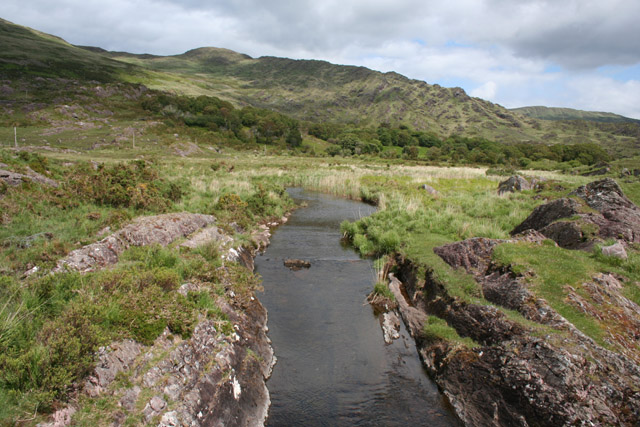New Research Unveils Mechanisms Behind River Channel Splitting

In a groundbreaking study, researchers at the University of California, Santa Barbara (UCSB) have elucidated the long-standing mystery surrounding why some rivers develop multiple channels instead of maintaining a single, meandering flow. This research, led by postdoctoral researcher Austin Chadwick, utilized 36 years of satellite data from 84 rivers worldwide to investigate the dynamics of river channel formation and splitting.
Historically, rivers have been categorized into two types: single-threaded and multi-threaded. Single-threaded rivers, such as the Mississippi River, maintain a single channel, while multi-threaded rivers branch into various channels. The study reveals that the differentiating factor lies in the balance of erosion and sediment deposition along riverbanks. According to Chadwick, “We found that rivers will develop multiple channels if they erode their banks faster than they deposit sediment on their opposing banks.” This imbalance leads to the widening and eventual splitting of river channels over time.
The research counters traditional teachings in geomorphology, which typically suggest a balance between erosion and deposition. The UCSB team employed innovative techniques, including particle image velocimetry adapted for satellite imagery, to analyze riverbank changes. Senior author Vamsi Ganti, an associate professor of geography at UCSB, explained that the erosion in multi-threaded rivers causes the banks to erode faster than sediment can accumulate, resulting in a continuous reshaping of the river’s flow.
This new understanding of river dynamics carries significant implications for environmental management and restoration efforts. As many rivers have been confined to narrow channels due to urban development and agriculture, there is a growing recognition of the need to reconnect these waterways to their natural floodplains. Chadwick noted, “Cutting rivers off from their floodplains disrupts ecosystems and raises the riverbed, exacerbating flood risks.” The study provides a formula for calculating the necessary corridor width and recovery time for rivers to return to their natural states, suggesting that restoration efforts may be less daunting than previously believed.
The researchers found that single-threaded rivers require approximately ten times more space and time for restoration compared to multi-threaded rivers. This finding could lead to reevaluated restoration projects, making them more feasible and cost-effective. Historical data indicates that many rivers, now perceived as single-threaded, may have originally exhibited multi-threaded characteristics, complicating existing restoration strategies.
Looking ahead, Ganti’s team is examining how river behaviors evolve over time in response to climate change and human intervention. Concurrently, Greenberg, a former doctoral student at UCSB, is investigating sediment movement through rivers and the long-term effects of damming on river morphology. Their collective research aims to enhance our understanding of river systems, their ecological significance, and their interaction with human activities.
The implications of this study extend beyond academic interest; it fosters a deeper comprehension of how rivers function and how society can better coexist with these vital waterways. The full findings are documented in the journal *Science*, paving the way for future studies in hydrology and environmental science.
Advertisement
Tags
Advertisement





